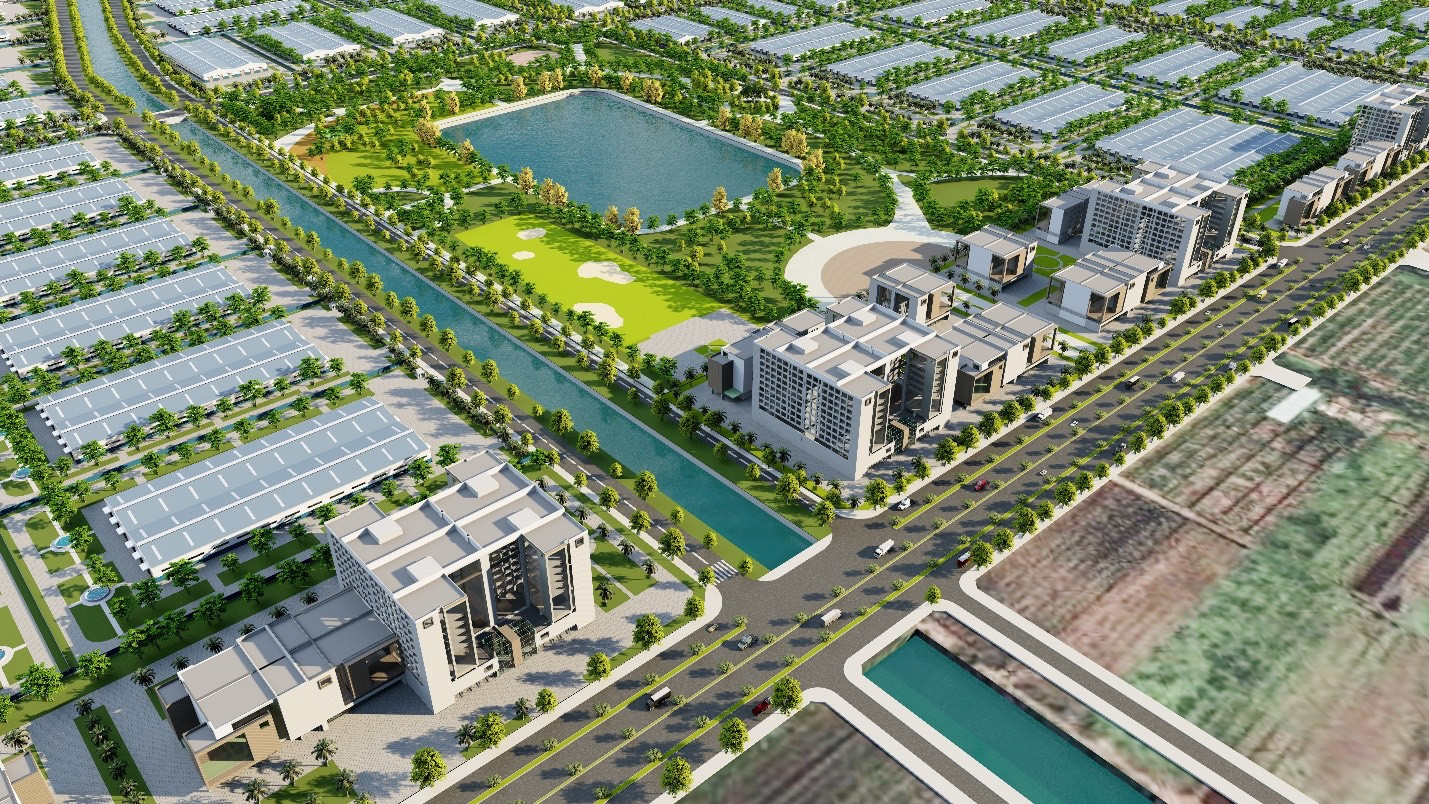
At the Vietnam IZ Development Forum 2025 held on May 29, Nguyen Thi Dung, Vice President of the Vietnam Industrial Real Estate Association (VIREA), said that as the country enters a new development phase, investing in IZ infrastructure is both an urgent need and a promising opportunity.
While global investment capital is declining, Vietnam is ‘swimming against the current’ by attracting strong FDI. The foreign capital poured into the real estate sector has reached $2.63 billion, driving significant demand for industrial land and related infrastructure.
However, she identified four key bottlenecks hindering IZ infrastructure development: complex administrative approval procedures, lack of long-term infrastructure planning, difficulties in land clearance due to compensation and resettlement issues, and inadequate infrastructure connectivity.
These bottlenecks lead to capital backlogs for businesses, reducing investment efficiency. Land clearance issues continue to delay project verification and settlement, resulting in cases where roads, completed years ago, remain unused due to lack of connectivity,” Dung said.
Pham Thanh Binh, Director of the Northern Investment Promotion, Information, and Support Center under the Foreign Investment Agency of the Ministry of Finance (MOF), noted that Vietnam has 416 IZs covering nearly 129,000 hectares, but only six eco-industrial zones have been piloted with UNIDO support in Ninh Binh, Da Nang, Can Tho, and HCM City.
Binh acknowledged that most IZs still operate under a traditional model, with scattered infrastructure lacking integration of logistics, innovation and training services, which does not promote efficiency of land or energy use.
A Ministry of Science and Technology’s report indicates that only 15 percent of businesses in IZs can adopt high technology or deeply engage in global value chains.
According to VIREA Vice President Nguyen Van Tien, Vietnam primarily attracts FDI in labor-intensive industries with low added value and limited technology spillover.
As a result, advanced models like eco-industrial, high-tech, or integrated zones are limited in number. The shortage of high-quality labor, particularly in automation and modern production management, is increasingly evident.
Model transformation
Binh emphasized that transitioning to smart, eco-friendly, and integrated IZ models with technology, innovation, and green logistics services is essential to maintain competitive edges in attracting high-quality investment.
He noted that IZs cannot operate as standalone facilities, but must be planned with integration with urban areas, seaports, highways, educational centers, and innovation hubs. This requires a shift toward interdisciplinary development and close coordination among regional localities.
He also proposed establishing specific criteria for licensing and operating smart and eco-industrial zones, along with tax and credit incentives for projects adopting circular water systems, waste recycling, and clean energy in order to promote circular industrial models.
Regarding industrial real estate prospects, Dung noted that per the 2030 plan, Vietnam expects to have 221 new IZ projects, expand 74 existing ones, adjust planning for 23 zones, and establish 299 zones when conditions are met.
Dung said that this large-scale development creates a favorable environment for businesses in industrial zone infrastructure. Demand for land leasing is shifting toward tier-2 provinces and cities due to the increasing scarcity of land in central areas.
The Politburo’s issuance of Resolution 68-NQ/TW marks a pivotal shift in the private sector economic development strategy, creating new opportunities for the industrial real estate market, particularly eco-industrial zone models.
Industrial real estate, especially eco-industrial zones, is expected to become a new engine for sustainable development, meeting green growth goals while aligning with global environmental and emissions standards. Eco-industrial zones are merging as a standard in the shift toward green growth.
Under Resolution 68, Vietnam aims to have 2 million enterprises by 2030, with at least 20 large enterprises participating in global value chains. To reach that end, a series of specific policies have been proposed to remove institutional barriers and promote comprehensive development of the industrial real estate market.
A key highlight is improving access to land and infrastructure to enhance resource efficiency. Specifically, localities are required to allocate at least 20 hectares per IZ, or a minimum of 5 percent of existing land reserves, to support high-tech, small and medium-sized enterprises, and innovative startups.
Additionally, local budgets can be used to support infrastructure development for IZs, and technology incubators, provided that the land is leased to prioritized entities.
These policies not only unlock local production capacity but also help restructure industrial spaces toward greater efficiency and sustainability.
Hong Khanh